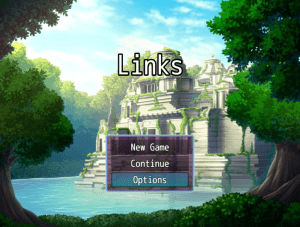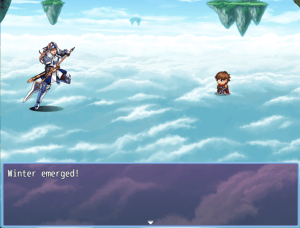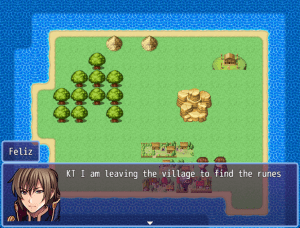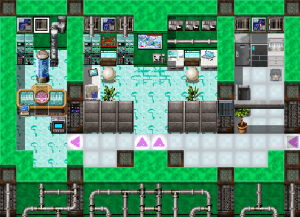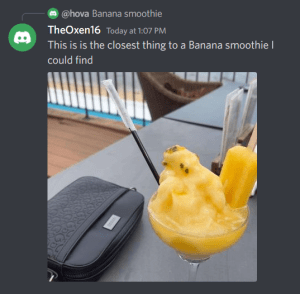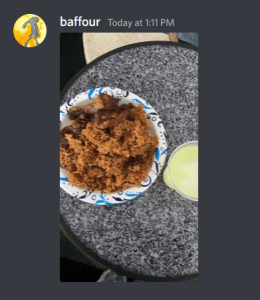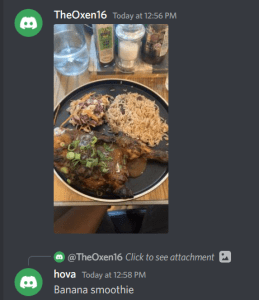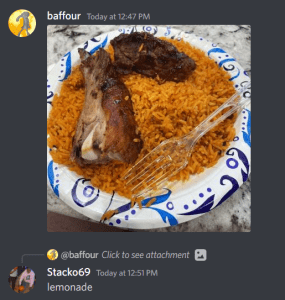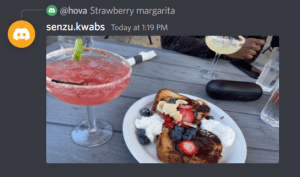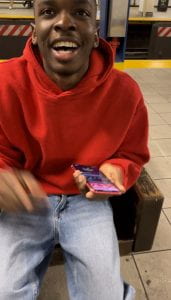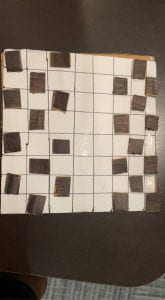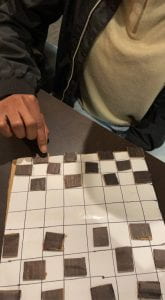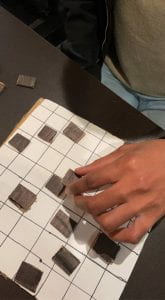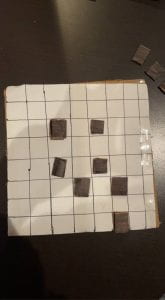Game Controls
Use the mouse to move
Click to use items
Artist Statement
This game was inspired by RPG games from the early 2000s. Another major source of inspiration was White Chess by Yoko Ono. Once again taking the concept of who is considered heroes and villains and exploring how approaching these concepts from a different point of view will affect gameplay, the player’s experience, and the overall end goal of the game.
The player is spawned in Zelda Village and presented with the challenge of finding all the runes to save their family. During this journey, the player will run into several characters who are not described as friends or foes. It is completely up to the player’s discretion who they determine to be viable or allies or enemies. Although there is a set goal, which is to find all the Runes. This goal can be achieved through multiple routes and it is all up to the player. This relates to how relationships in real life work, and making certain characters in the game allies will affect your chances of developing bonds with others. In the end who you associate has its consequences. For example allying with a certain character can cause another character to be hostile towards you. In this sense not only is the player faced with how each character presents themselves when making a decision but also how this decision will also affect their relationship with other characters. In such a situation the player can either choose to stick with their judgement of the character solely based on their actions and what they said, or be swayed by the opinions of others about the character. This is similar to the way these situations pan out in the real world.
Although this is the current state of the game, I would hope to be able to expand it from a simple RPG to an MMORPG. Which would then have players interacting with not only NPCs but other players as well. This would still maintain the element of choosing which people to ally with or battle. To expand on this concept, there can even be “beef” between guilds, which would then mean that simply joining a guild could either create a whole set of new allies or enemies, and even in this situation players can decide whether or not they want to align themselves with their guild in terms of the people that they associate themselves with or not.
